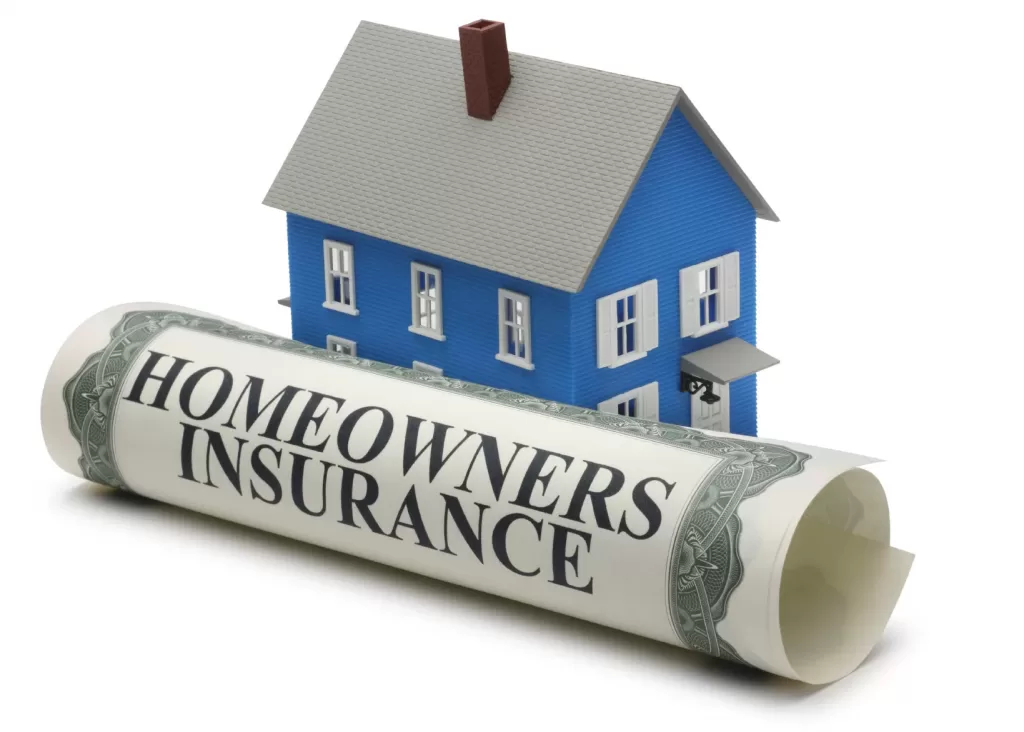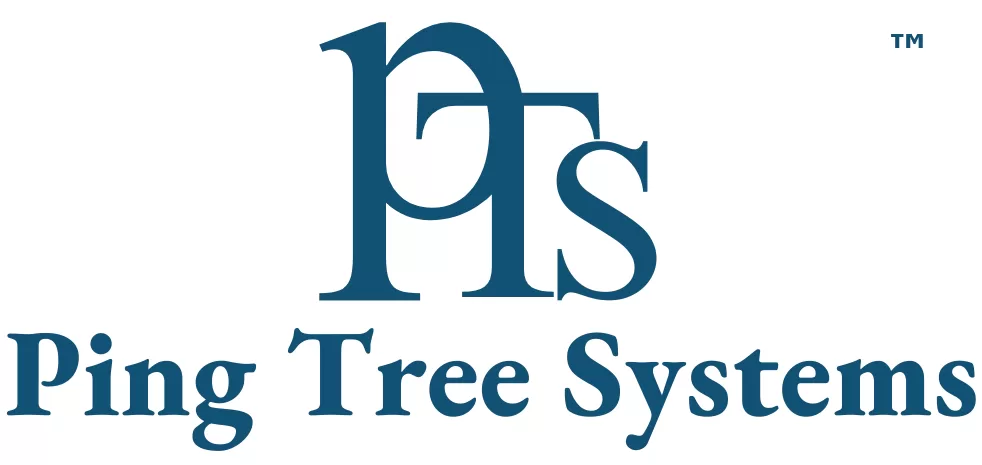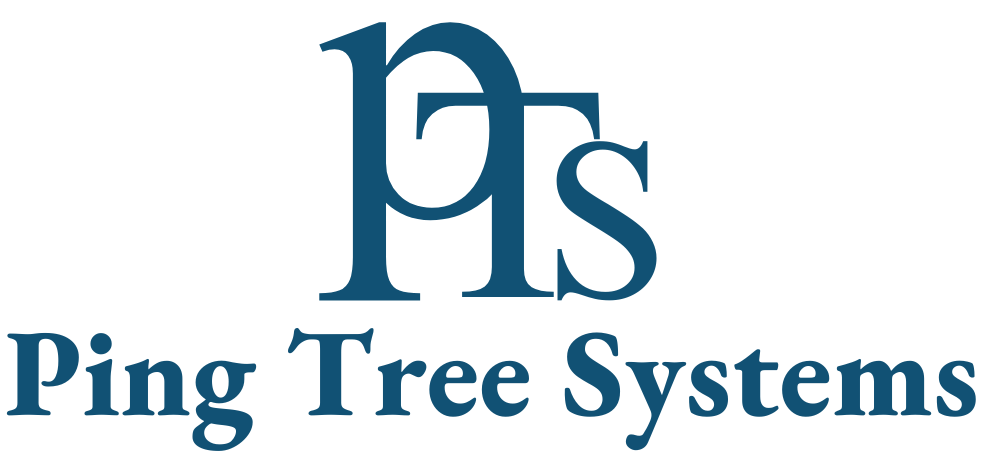Home insurance is a crucial safety net for homeowners, providing financial protection against unexpected damages and losses. However, understanding what a home insurance policy covers can be complex, as it typically includes multiple types of coverage, exclusions, and conditions.
- Dwelling Coverage: Protects the physical structure of your home, including walls, roof, floors, and built-in appliances.
- Personal Property Coverage: Covers the contents of your home, such as furniture, electronics, clothing, and personal items.
- Liability Coverage: Provides financial protection if someone is injured on your property or if you accidentally cause damage to someone else’s property.
- Additional Living Expenses (ALE) Coverage: Covers the cost of temporary living arrangements if your home becomes uninhabitable due to a covered loss.
- Extended Replacement Cost: Increases your dwelling coverage limit to cover the cost of rebuilding your home even if it exceeds the policy limit.


- Understand Your Policy: Read your policy carefully to understand what is covered, what is excluded, and what optional coverages are available.
- Consider Endorsements: Evaluate if additional endorsements or riders are needed for high-value items, natural disasters, or other specific risks.
- Shop Around: Compare quotes from multiple insurance providers to find the best coverage at a competitive price.
- Consult an Agent: Speak with an insurance agent or broker to help you understand your options and customize a policy that meets your needs.

